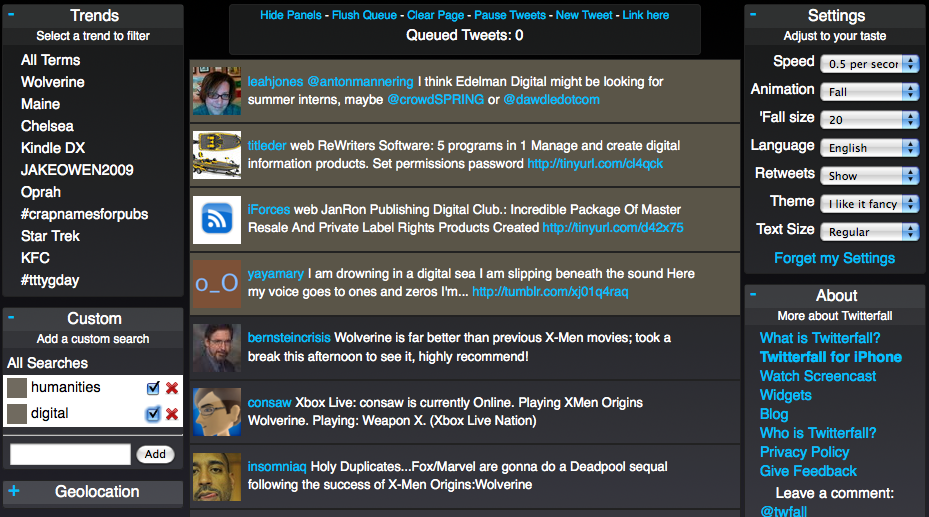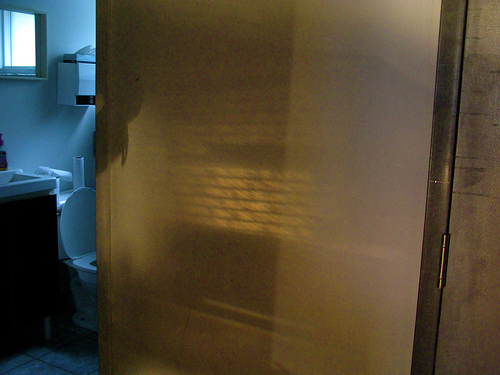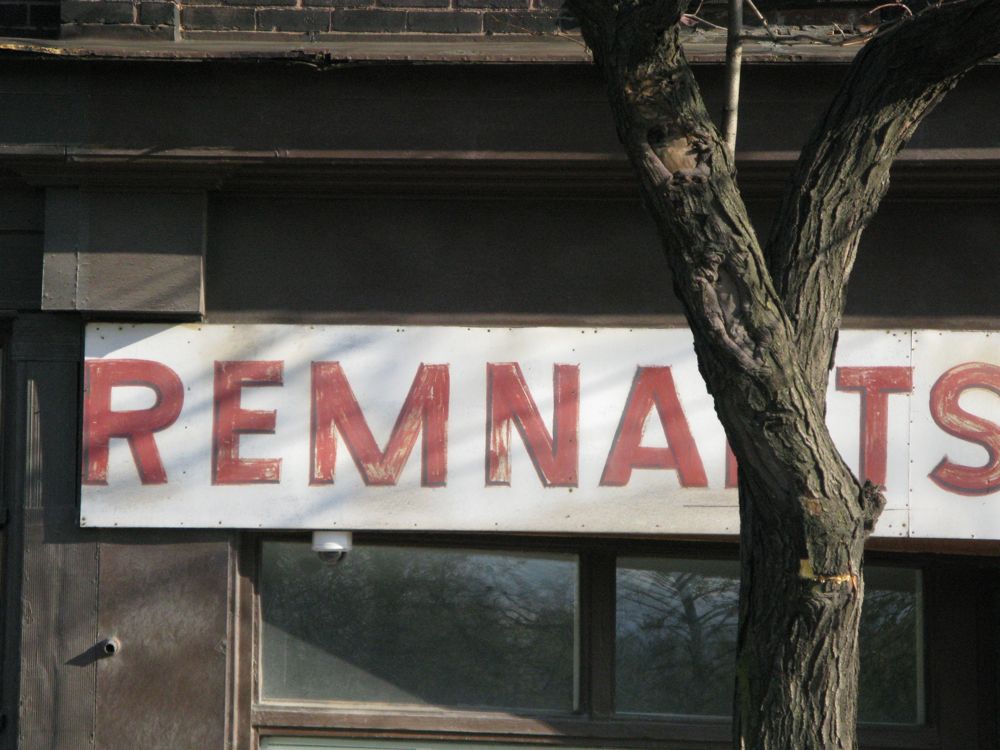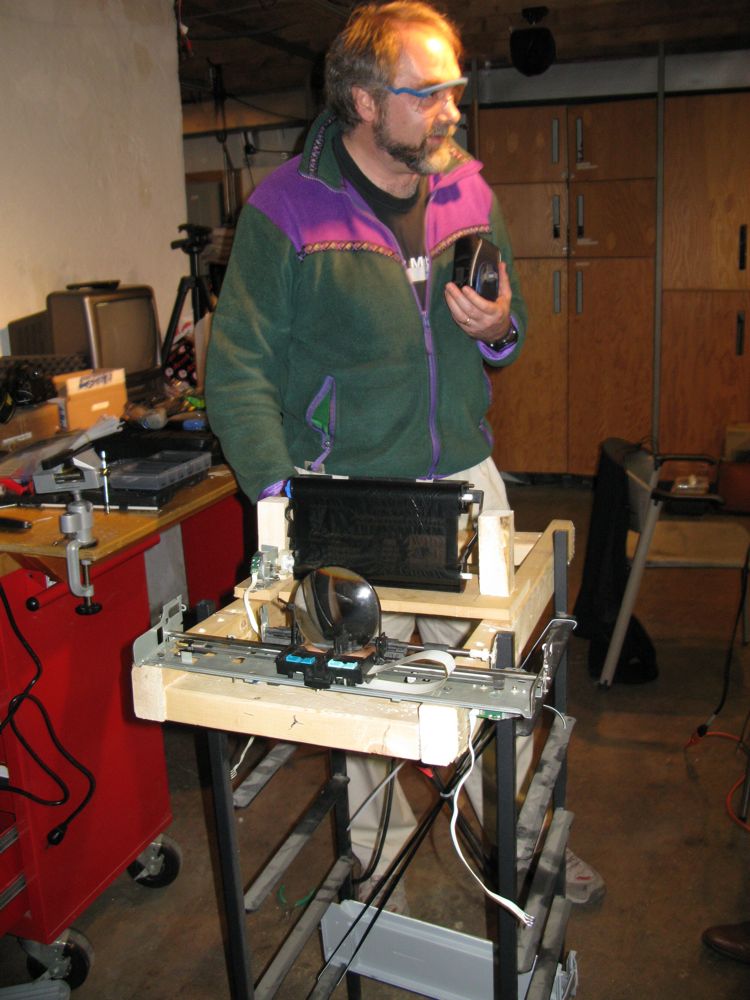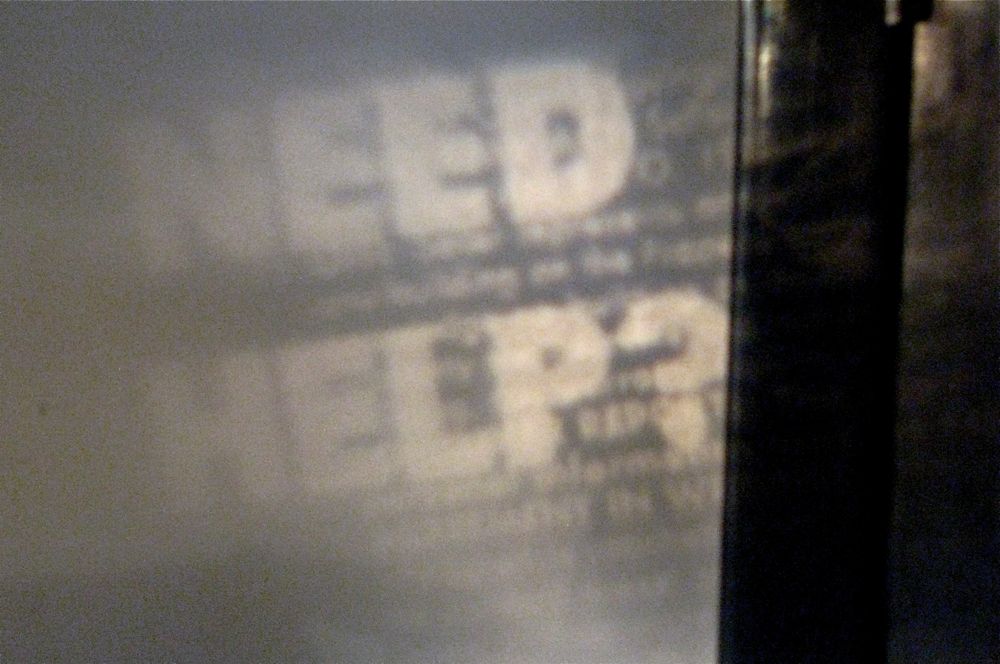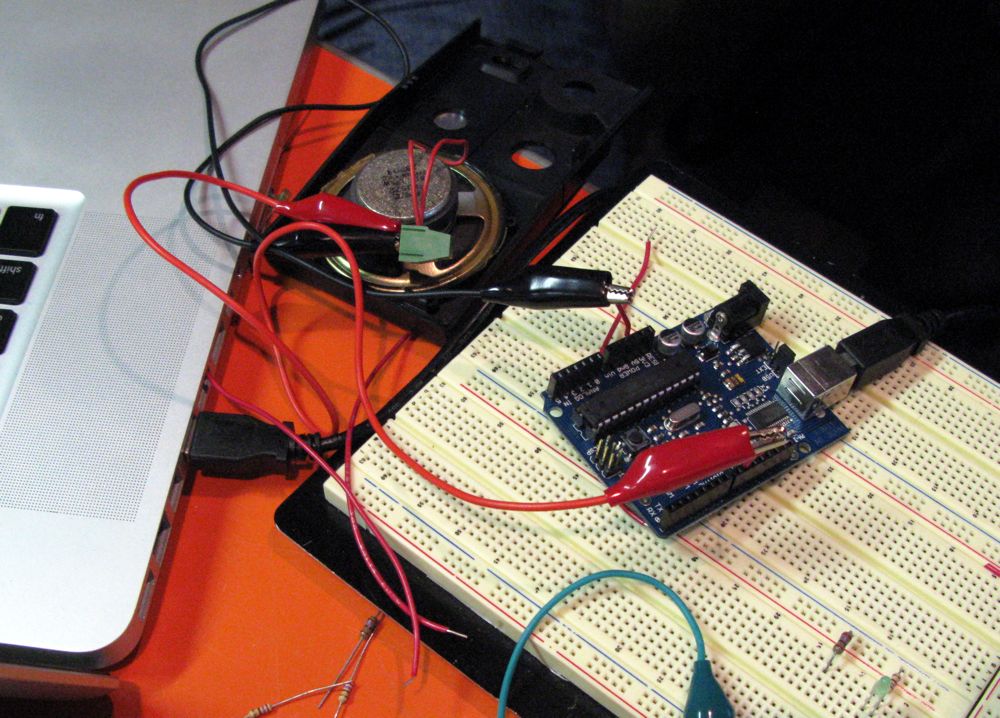I’ve been meaning to blog about the Final Report of the Tools for Data-Driven Scholarship Workshop. This workshop was organized by the Center for History and New Media at George Mason and the Maryland Institute for Technology and the Humanities in October of 2008 and they have put up the final report with a number of sensible recommendations. The report summarizes the issues around tool development, the need for reward systems, and it discussed the idea of an “invisible college” of scholars/tool developers who would exchange ideas and support. They distilled the problems down to:
1. Tools need to work better with other tools.
2. Tools need to connect better with content and use that content in a more robust way.
3. Tools need better mechanisms for being found by the scholars who need them. They are not currently finding their audience(s).
They acknowledge that “There may be intellectual and even practical value in reinvention-in ‘recreating the wheel.’” This is a tack we need to take seriously since tool development in the humanities has been going on since the 70s (or earlier if you count Busa’s work). Perhaps the reinvention in the humanities is like reinterpretation – a sign of life not a problem.


